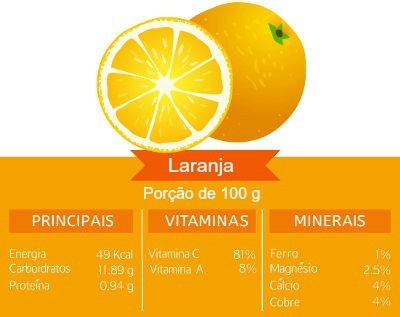What is the Middle Ages? What is the so-called “time coursemedieval”? For a long time, a negative image of the Middle Ages prevailed for us Westerners, an image that was engendered during the 16th, 17th and 18th centuries, when the concepts of “modernity”, "progress" and "revolution” began to frame a reality far removed from that experienced by medieval man. Furthermore, these concepts were also associated with a worldview that was not the same as the medieval one. The very expression “Middle Ages” was coined by intellectuals from italian renaissance, who considered the thousand years before them as a hiatus, a “dark interval”, between the classical Greco-Roman culture and the rescue made by the Renaissance.
Only with the development of history as a scientific discipline, at the turn of the nineteenth century to the 20th century, that serious and sustained studies of the medieval period decoupled this period from its aura negative. These studies began to describe, analyze and understand the complexity of the Western world during the ten centuries in which it developed, from V to XV d. Ç. This long period was divided schematically into two main parts: "
High Middle Ages” (5th century to 10th century) and “low middle age” (10th to 15th century).Many historians call these two periods “Christianity”, given that what we know today as Europe (or European civilization) was formed during the High Middle Ages, under Christian bases, in the midst of wars and barbaric invasions. And it was on these same bases that this civilization was consolidated in the period of the Low Middle Ages. In the High Middle Ages, the first Christian kingdoms, such as the francs, formed from the decay of the Western Roman Empire, managed to mix political and cultural elements of the Germanic tradition and the Roman tradition and form a new conception of social organization, which became intertwined with the institution of the Church Catholic. The latter, in turn, developed in the same period its internal hierarchy and its model of conversion of barbarian peoples, which ensured moral preservation of the vast European territory.
It was still in the High Middle Ages that the economic model characteristic of the Medieval Period as a whole was elaborated: the feudalism. The feudal system was developed as a form of protection against external invasions (such as that of Muslims) that powerful landlords offered to those who became their serfs. The relations of the feudal lord with his serfs were called by the terms of "suzerainty" and "vassalage”. There were also, in addition to the fiefs belonging to nobles, the strips of land owned by the clergy. In these lands there was the work of the monks, who lived in abbeys and monasteries. Many of the working models developed by the monks later served for other fiefs.
Do not stop now... There's more after the advertising ;)
The Low Middle Ages were characterized by the splendor of Christian culture, with the development of the thoughtscholastic and the system of Artliberals, the creation of universities, the architecture Romanesque and gothic, the painting of geniuses like Giotto and the poetry of equally geniuses, like Dantealighieri. It was also in the Low Middle Ages that the Crusades towards Jerusalem, in Palestine, which aimed to retake Western European connections with the Middle East and Asia obstructed by Muslims, who had conquered much of the region near the Sea Mediterranean. It was also during this period that the Inquisition as an institution aimed at investigating suspects of heresy. This court had the greatest function of preventing the public executions that the population itself promoted against the supposed heretics indiscriminately.
The “frontier” centuries between the Middle Ages and the Modern Age, that is, the 14th and 15th centuries, saw the events that marked the transition from one epoch to another. It is the case of Renaissances. First, the Urban and Commercial Renaissance, which was a result of the Crusades and liberation of the Mediterranean Sea. Second, the cultural renaissance, which was also only possible due to the reestablished contact that Europeans had with Asia Minor (the cradle of philosophy and all Greek, Hellenistic knowledge) after the Crusades. But it was also during this time of transition that one of the worst epidemiological catastrophes in the world occurred, the plagueblack, which, coming from Asia, entered through the commercial port cities and devastated a good portion of the European population.
By Me. Cláudio Fernandes


